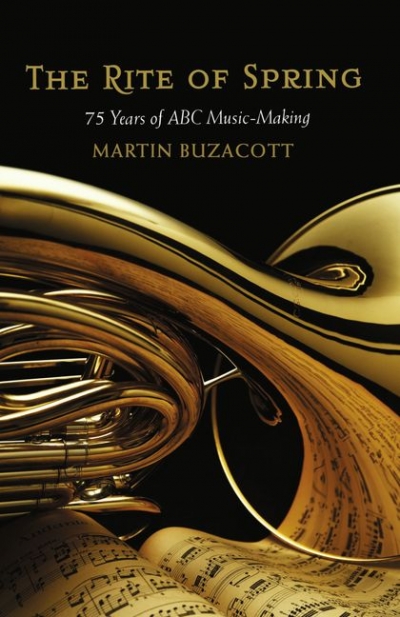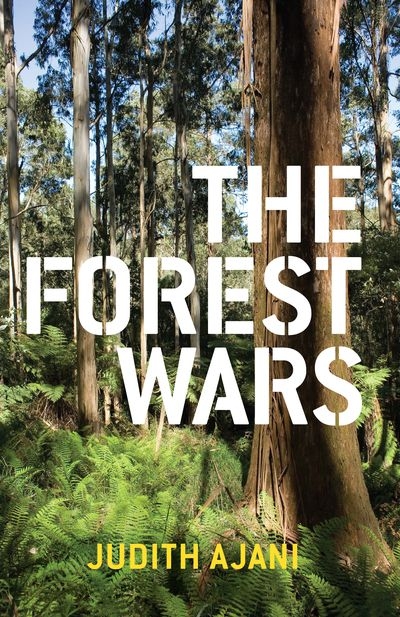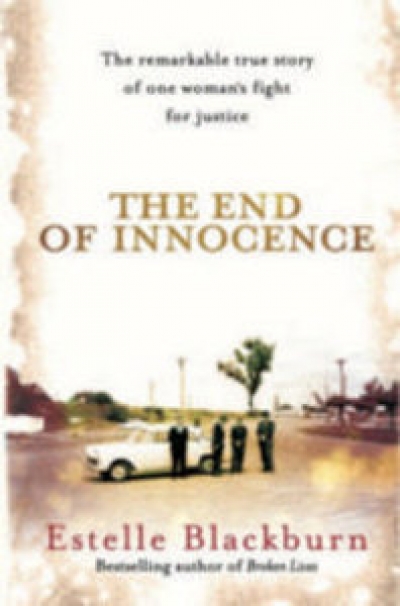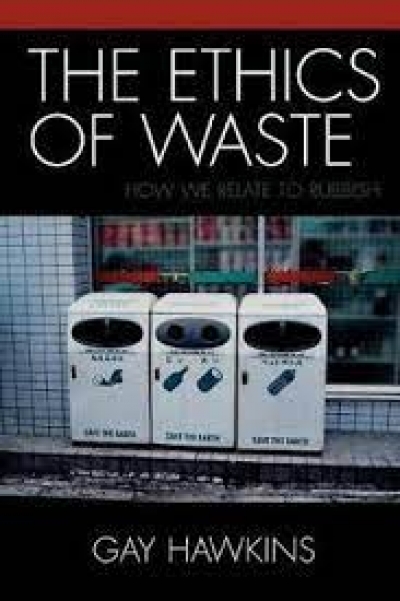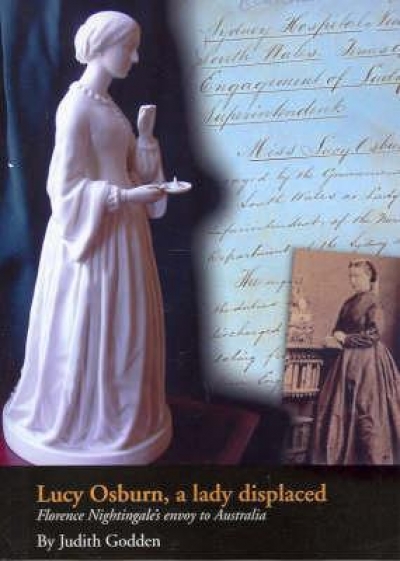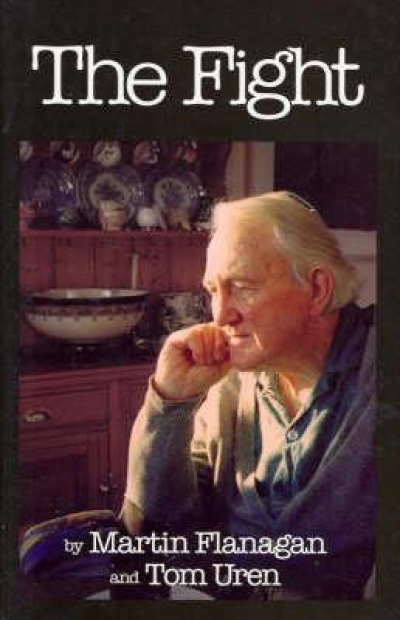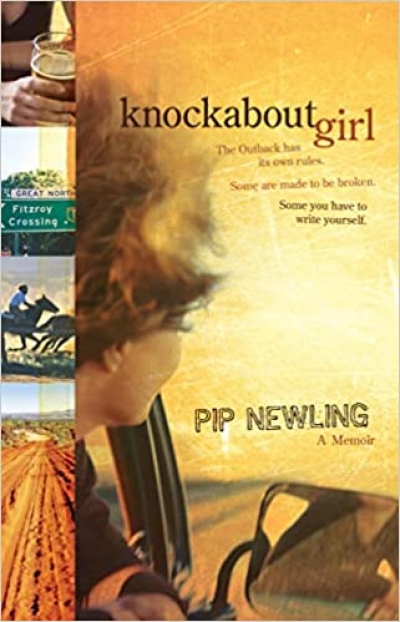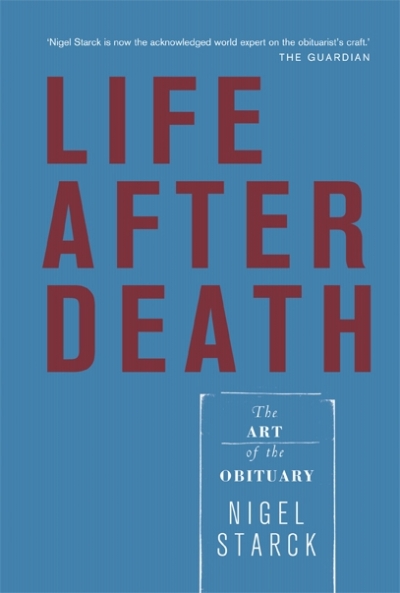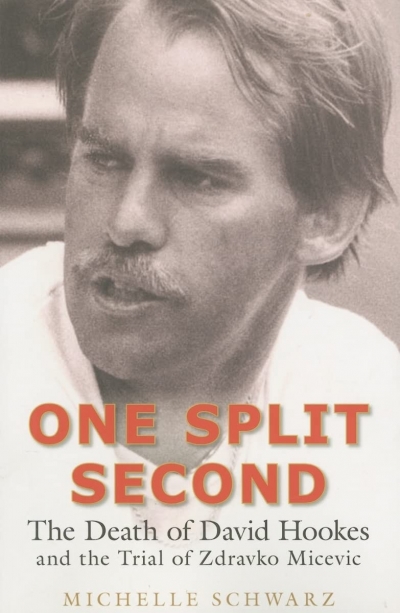NonFiction
The Rite of Spring: 75 Years of ABC music-making by Martin Buzacott
by Robert Gibson •
Blast: Poetry and other critical writing, issue 4 edited by Ann Nugent
by Steve Evans •
The Ethics of Waste: How we relate to rubbish by Gay Hawkins
by Rory Dufficy •
Lucy Osburn, A Lady Displaced: Florence Nightingale's envoy to Australia by Judith Godden
by Beverley Kingston •
Life After Death: The art of the obituary by Nigel Starck
by Paul Brunton •

